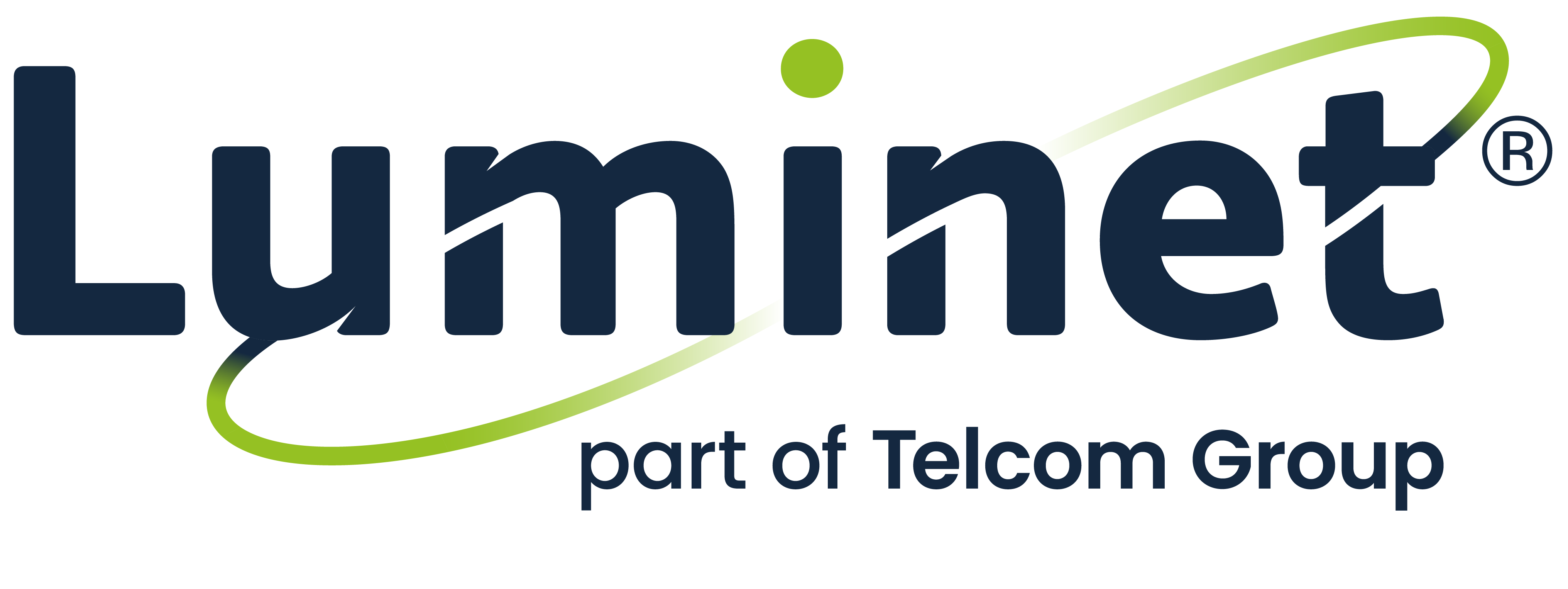MPLS vs VPLS: What is the Right Solution for Your Business?
MPLS vs VPLS: What is the Right Solution for Your Business?
As our knowledge of networking continues to evolve, so too does the technology that we rely on. Whilst these days there are arguably more options than ever before, trying to decide on the most appropriate solution isn’t easy.
One of the more common questions is whether a company should use MPLS or VPLS for their network architecture?
MPLS and VPLS are both effective solutions for creating network connections between remote locations. The question is what the strengths and weaknesses of each system really are, and why you might choose one solution over another?
MPLS
MPLS stands for “Multiprotocol Label Switching”. It is best defined as a protocol for efficiently directing network traffic to prioritize your most important data.
Let’s take a very basic view of how MPLS differs from traditional equivalents. Without MPLS data packets passing through a router are “read”, and the data extracted is used to determine where the packet should be sent next. Such a process takes time, thus slowing down the transmission of data around your network.
MPLS works rather differently. When data packets first arrive at the router they are assigned a “label” which can be added to, removed or altered. The presence of this label means that the router can ascertain the destination for such a packet without needing to examine the entire thing.
This results in faster transmission of packets around your network.
There’s more to MPLS than just meets the eye, however. This labelling system allows network administrators to map out specific data routes, thus prioritizing mission-critical data transfer. For example real-time communications such as VoIP data can be transmitted with the minimum of latency, while less critical packets receive a lower priority.
The result is a highly customizable backbone for your network offering high levels of scalability.
VPLS
VPLS stands for “Virtual Private LAN Service”. It is best defined as a protocol for connecting two remote networks in one single bridged connection. In other words VPLS allows one to connect to a LAN over a VPN.
The benefit of such a system of course is that it can connect geographically dispersed sites, each of whom can communicate with one another from the safety of a local network. An example of a situation in which a VPLS might be the best solution is when a user needs to securely connect to an off-site storage or data centre.
As you may have guessed, one of the main benefits of VPLS over MPLS are the levels of security offered. The fact that VPLS does not share layer 3 routing tables with the service provider, while MPLS may do so, means that VPLS is generally the better solution for highly-sensitive data.
A second key difference between MPLS and VPLS are the inherent levels of scalability. Due to the manner in which these two technologies interact with your network MPLS is considered to be far more scalable.
However just because MPLS and VPLS are different technologies, don’t assume that they are mutually exclusive. Many businesses employ both protocols within their network in order to get the best of both worlds.
Using a backbone of MPLS for maximum network access and scalability, together with VPLS connections for more sensitive data often represents the best possible compromise, allowing companies to make the most of both protocols.
Luminet are proud to offer our own MPLS solution to businesses and educational establishments in London. Our highly-regarded IP VPN utilizes the reliability and scalability of MPLS, in conjunction with fibre or wireless connections for speed. As a result each of your locations can be brought together into one secure network, giving you speeds of up to 5Gbps.
Contact me to “get connected”








